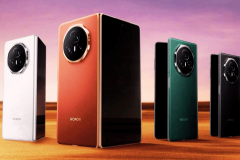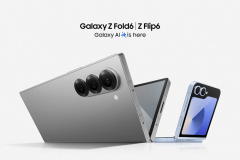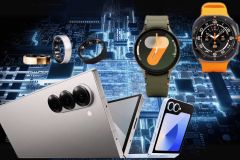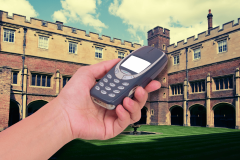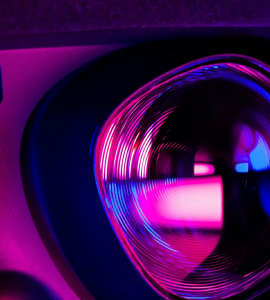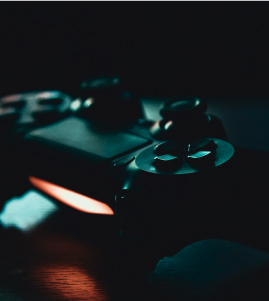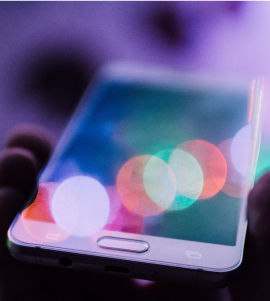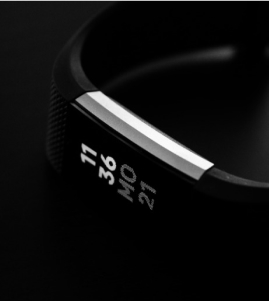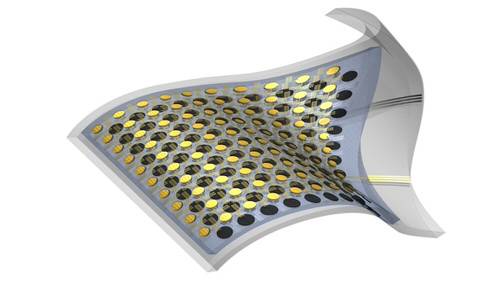
Two years ago, Nokia made waves when it displayed a concept phone using a flexible OLED display. Samsung and Ericsson have shown similar prototypes. So
and displays are on the market horizon. But they’re still just a first step toward a new class of future devices that can not just flex, but actually stretch – so they can be safely and comfortably implanted in the body, for example.
So what is the prognosis for these “stretchable” devices? One piece of the puzzle has recently been developed in a partnership between Northwestern University and the University of Illinois: a
stretchable lithium-ion battery
.
The “Stretch Armstrong” of Batteries
It took Yonggang Huang and John A. Rogers, from Northwestern and University of Illinois, respectively, six years to develop a cordless power supply that was versatile enough to be used in stretchable electronics, particularly devices used inside the human body.
Finally, they were able to come up with “pop-up” technology that allows the circuits to bend and twist. Typically, circuits inside of batteries are rigid, but creating bridges using metal wiring to connect the elements gives the circuits the ability to stretch and flex along with any device. The power in the metal bridges works its way through the circuits to power the battery.
In a video (below), Huang and Rogers demo the battery by hooking it up to an LED light and slowly stretching it out. The battery was able to reach about 300% of its original size and still provide power. Once stretched, the battery can regain its original size without damage to the circuits.
Its life span is about 20 charging cycles – and it can be recycled just like any other lithium-ion battery. Due to its small size, it can hold a charge for only eight to nine hours, but the battery charges wirelessly using coils that induce charging through an external source. This makes it ideal for use in medical devices embedded in the body.
‘Flexible’ And ‘Stretchable’ Are Distant Cousins
It seems like a stretchable battery would be attractive for the flexible device market, but Huang says the two aren’t as alike as one would think. In an email to ReadWrite, Huang said that while the OLED displays from Nokia and Samsung are
flexible
, they aren’t
stretchable
.
“Flexible means the device could be bent or twisted, which essentially requires the device to be very thin. Stretchable represents a more challenging type of mechanics, which requires that the device must accommodate a large strain deformation, including not only bending, twisting, but also stretching and compressing.”
The two could possibly go hand in hand, say in a nifty
from a well known tech giant, but successful flexible devices will require more than mere flexibility. As mobile devices become more and more like physical attachments, they will have to move like our own skin, stretchy
and
flexible.
A report from
Bloomberg News about the possible Apple iWatch
says that it may take about three years to be able to develop glass flexible enough to curve or even wrap around someone’s wrist. While Apple and others work on making flexible mobile devices a reality, they may also want to take a look at adding some stretchiness to the product development.
Image courtesy of Northwestern University.

